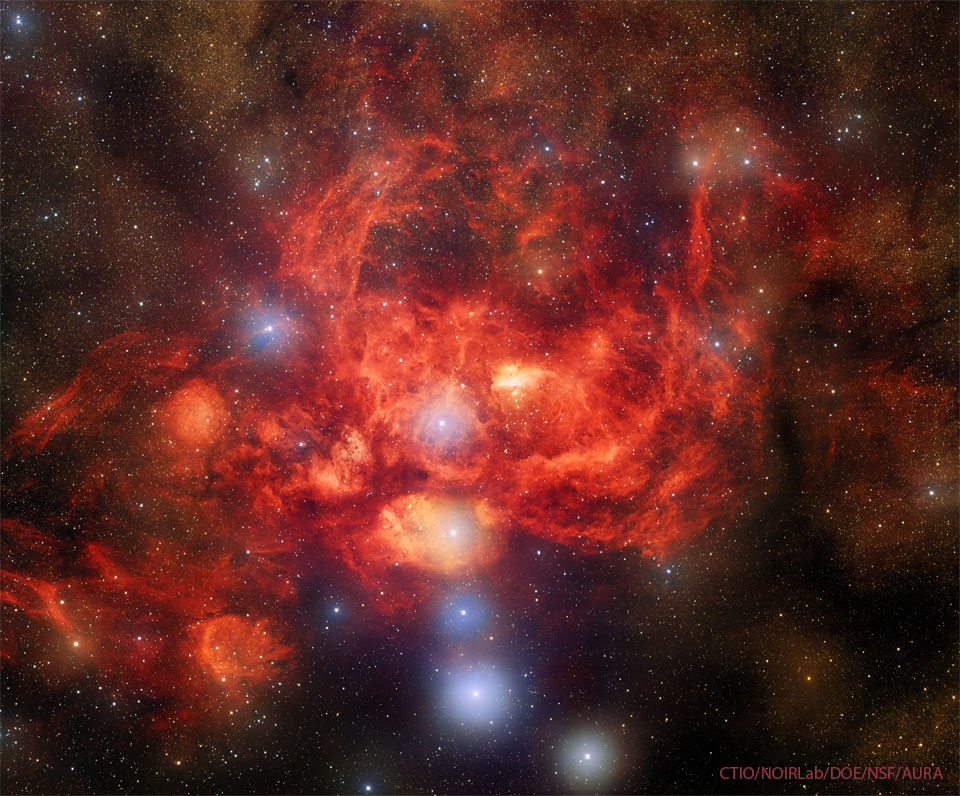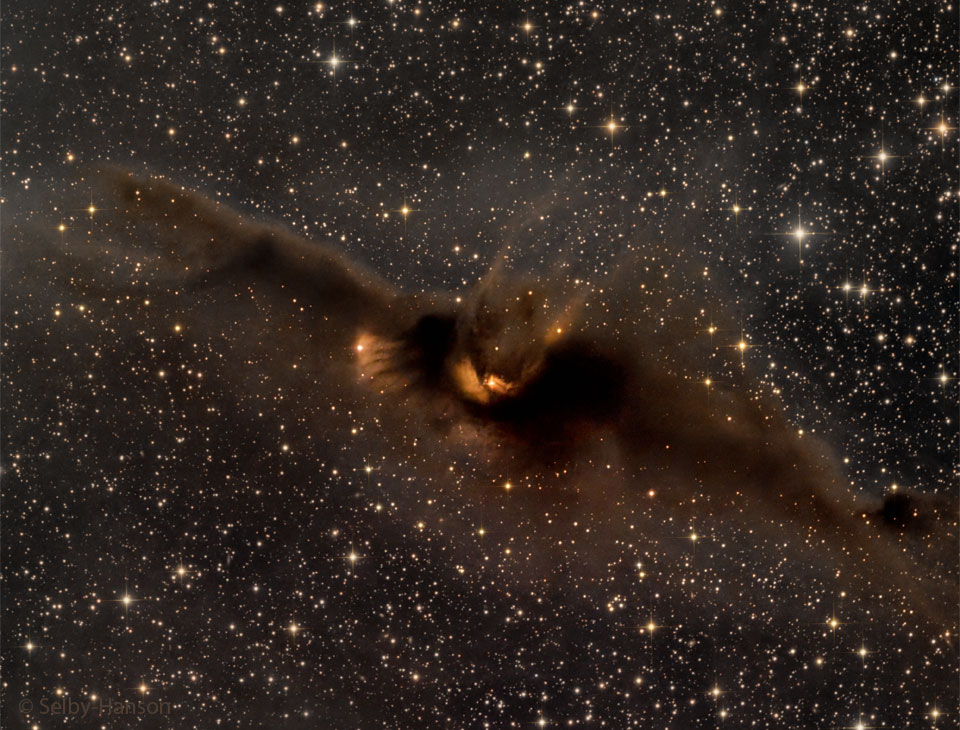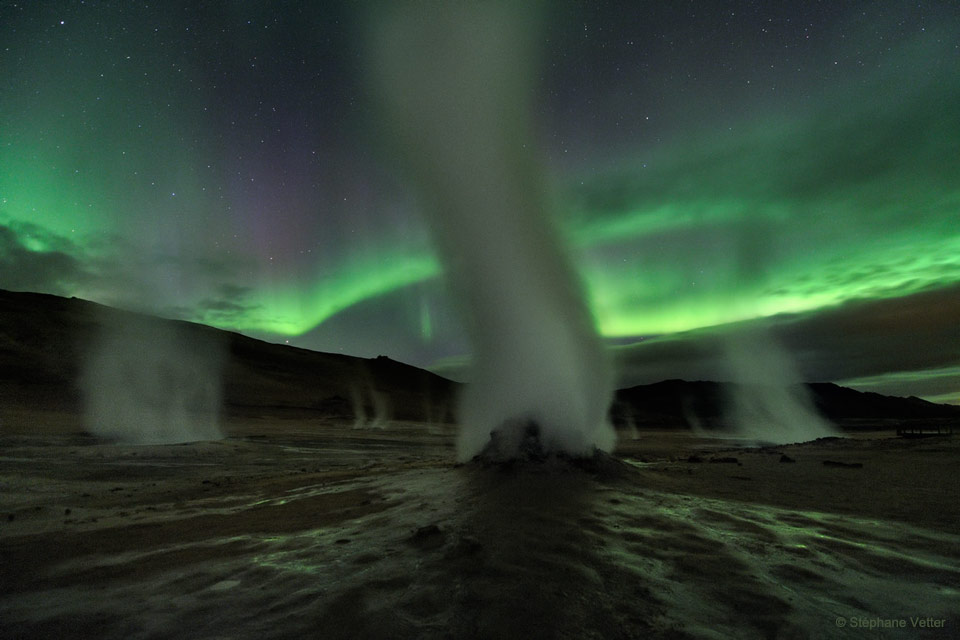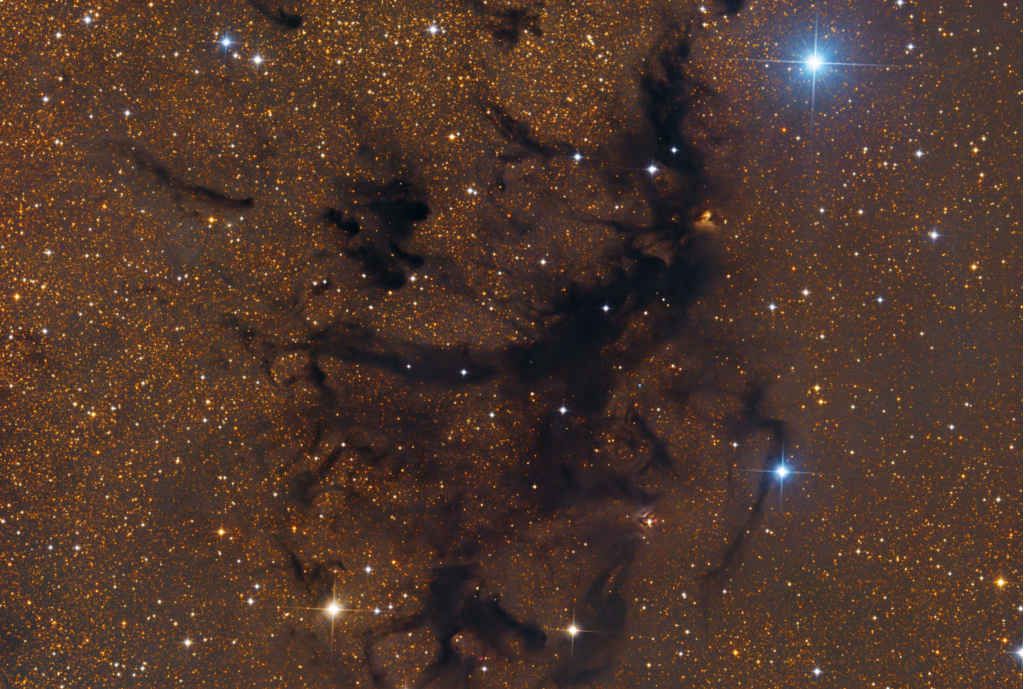NASA will host a media teleconference at 1 p.m. EST Wednesday, Nov. 9, to discuss the hardware, technology demonstrations, and science experiments headed to the International Space Station aboard SpaceX’s 26th commercial resupply mission for the agency.
from NASA https://ift.tt/5g6DKWZ
via IFTTT









